Westminster Hall & The Lying in State of Elizabeth II
As the body of Her Majesty Queen Elizabeth II makes its way back to London, the coffin will eventually come to rest in the magnificent Westminster Hall, in the heart of Westminster. There, the Queen will lie in state for four days as the Nation pays its last respects. Upon a raised platform, known as a catafalque, the coffin will be draped in the Royal Standard with the Imperial State Crown, orb and sceptre resting above it.
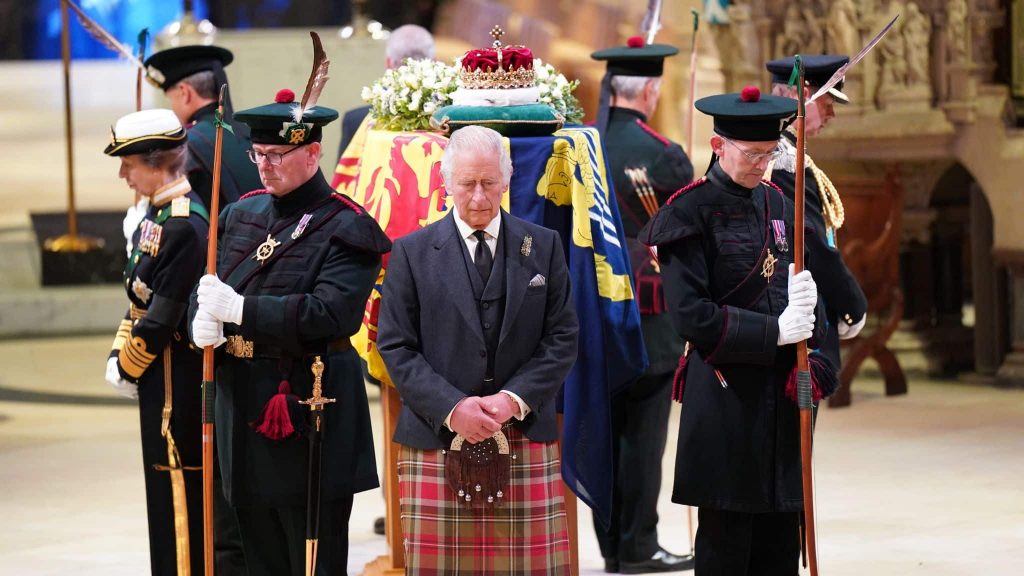
To reach the Hall from Buckingham Palace, the cortege will pass through Horse Guards Parade and down Whitehall. This latter street has been the principal thoroughfare connecting the City of London and the Strand with the heart of royal power and government for centuries.
But what of the history of Whitehall and Westminster? Why is Westminster Hall so significant to state occasions such as the one unfolding before our very eyes?
Of course, here, at The Tudor Travel Guide, we often look at events of the present through the lens of the past. In this blog, I want to connect you to that past by taking you on a journey back to Tudor England. Together, we will reimagine and rediscover a little more of the history of Whitehall and Westminster by following the route that will be taken by the funeral cortege of HM Queen Elizabeth II as it winds its way through the heart of the capital.
Exploring King Street (Whitehall): The Entrance to the Royal Enclave of Westminster
In the sixteenth century, Whitehall was called King Street. Of course, modern-day ‘Whitehall’ is named after the now lost Tudor palace that once straddled both sides of the road. As the image below shows, travelling southwards from the modern-day Trafalgar Square (during the Tudor age, this was dominated by the original Charing Cross), the main palace complex lay to the left of King Street and its adjacent and extensive leisure complex to the right.
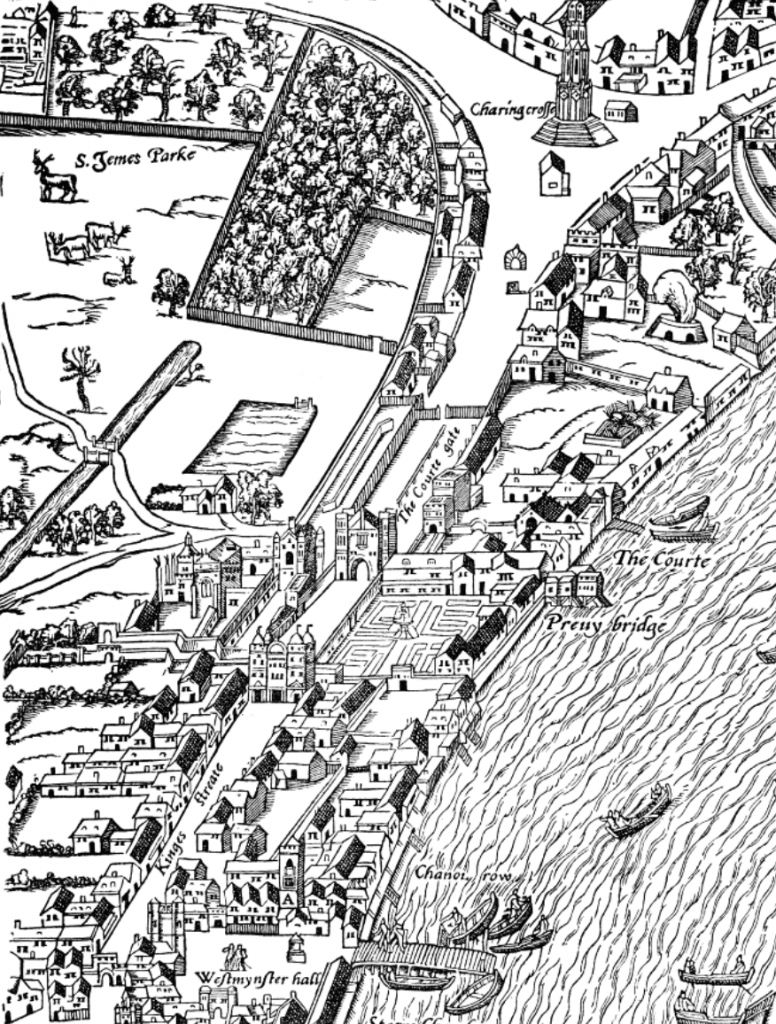
Where the statue of George, Duke of Clarence on horseback now stands is where Henry VIII’s glorious privy gallery once crossed the street by way of the Holbein Gate. This gallery linked the main palace, and Henry VIII’s most private rooms with the palace’s leisure facilities on the far side of King Street.
The Holbein Gate building was, of course, made famous not least because of the secret marriage made between Henry VIII and Anne Boleyn, which took place in one of its upper floors, on 28 January 1533. Unfortunately, like the rest of the palace, nothing of the gate survives above ground today, but if you want to read more about it, you can do so here.
Beyond the Gate, on the left of King Street, high walls surrounded the palace’s privy gardens, while a towering closed tennis play (a Tudor indoor court for playing real tennis), with its turrets and golden capped domes, lay to the right. These buildings must have been magnificent to behold!
Before reaching the bottom of Whitehall, any visitor to Westminster would have passed through a second gateway, which also straddled King Street. This was called The King’s Gate. Today, just beyond this point is the north-east corner of Parliament Square. On most ordinary days, your senses will be assaulted by the noise and smell of the busy traffic and you will be jostled amongst the throng of tourists.
We must imagine these reminders of a busy twenty-first century melting away to leave the Abbey and Palace of Westminster dominating a peaceful landscape surrounded by open, green spaces, wide thoroughfares and pretty ornamental gardens.
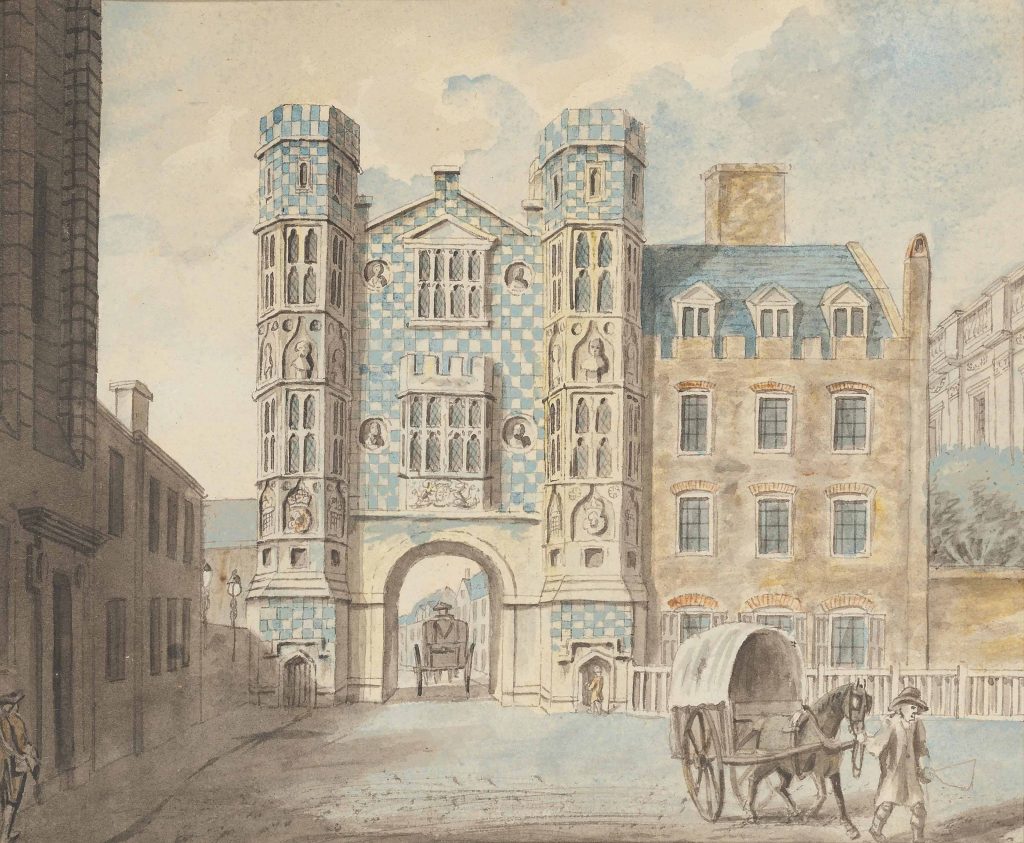
The towering edifice of Westminster Abbey can still be seen on the south side of the modern-day Parliament Square, while to the left, adjacent to the River Thames, is the remodelled Houses of Parliament. For many centuries, this site was occupied by the Old Palace of Westminster. It is thought that this was first used for a royal residence by Canute the Great, during his reign from 1016 to 1035. Later, St Edward the Confessor, the penultimate Anglo-Saxon monarch of England, built a royal palace on the site at the same time as he founded the first iteration of Westminster Abbey (1045–1050). (Note: The abbey we see today dates from the reign of Henry III, circa 1245).
During the medieval and early Tudor period, Westminster Palace was an important London residence for the monarch. It was a magnificent building, which sadly suffered significant fire damage in 1512, during the reign of Henry VIII. This eventually resulted in the King seeking a new, official residence close to the heart of Government at the newly established Palace of Whitehall (which, of course, had grown out of Wolsey’s York Place). However, as far as fire damage was concerned, worse was yet to come, as we shall see shortly!
Although we can no longer see evidence of it, back in the Tudor period, the Collegiate Church of St Peter in Westminster (Westminster Abbey) and the old Palace of Westminster stood on an island, called Thorney Island, with the River Tyburn and one of its tributaries flowing into the Thames on either side of the site. Like many rivers in London that once flowed above ground, these have been diverted underground. Thus, in the sixteenth century, Westminster was connected to the mainland on the north, south and west by several bridges, being encircled on three sides by open countryside and abutted by the River Thames on the east.
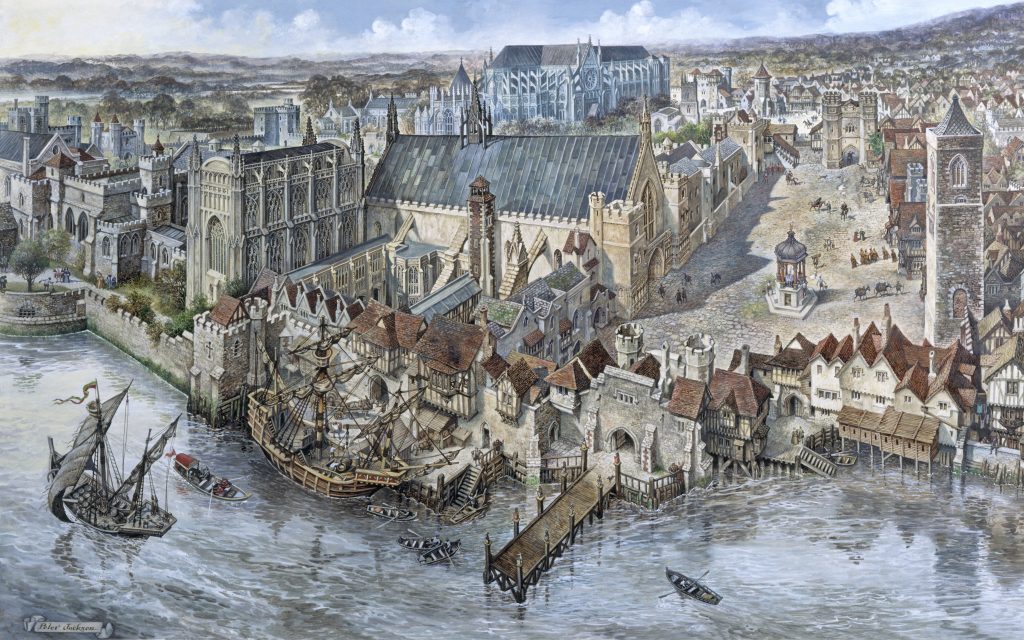
XJ121858: Old London Reconstructed: The Palace of Westminster about 1530
Old London Reconstructed: The Palace of Westminster about 1530.
Credit: Look and Learn / Peter Jackson Collection
A two-storey gatehouse guarded entry to the Outer Yard of the Palace of Westminster (also known as Old Palace Yard). This ‘Outer Yard’ was a huge courtyard that ran from the King’s Steps by the river on the east, to the Great Gateway on the west. In the centre was a conduit, whilst the whole area was enclosed by stone, brick, and wattle and daub buildings along its northern edge, with the magnificent façade of Westminster Palace running along its southern side.
Inside Westminster Hall
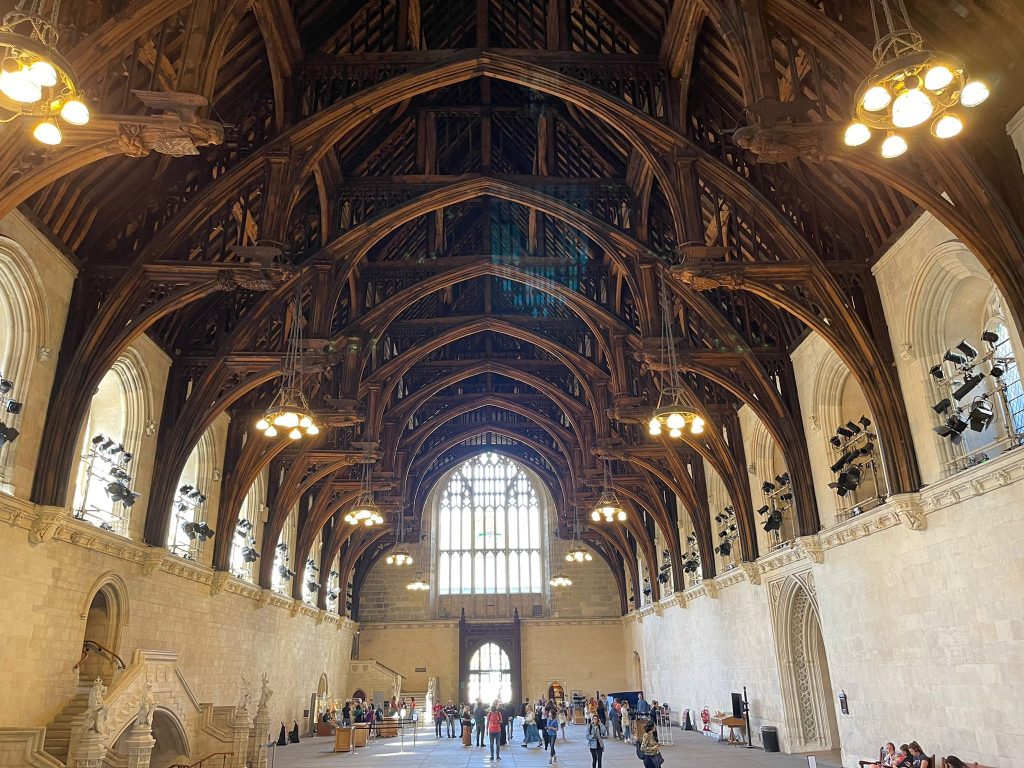
The Great Hall of Westminster was virtually rebuilt by King Richard II in the late fourteenth century. At 240 feet long, nearly 70 feet wide and just under 100 ft tall at the centre apex, the hall dwarfed many of the buildings surrounding it in its day. Now, it stands as an integral part of the Houses of Parliament, cast in the shadow of the Elizabeth Tower, affectionately called Big Ben after the gigantic bell that chimes every quarter of an hour.
However, this grand dame of English history seems indomitable, enduring despite the fire that burnt much of the original medieval palace to the ground in 1834, and even surviving heavy bombing by the German Luftwaffe during the Second World War. Today, Westminster Hall remains a priceless relic of England’s medieval history. It has borne witness to many momentous occasions. Even stripped bare, if you visit today, be ready to have your breath snatched away by the sheer grandeur of the space and the utter magnificence of the largest hammer-beam roof in England.
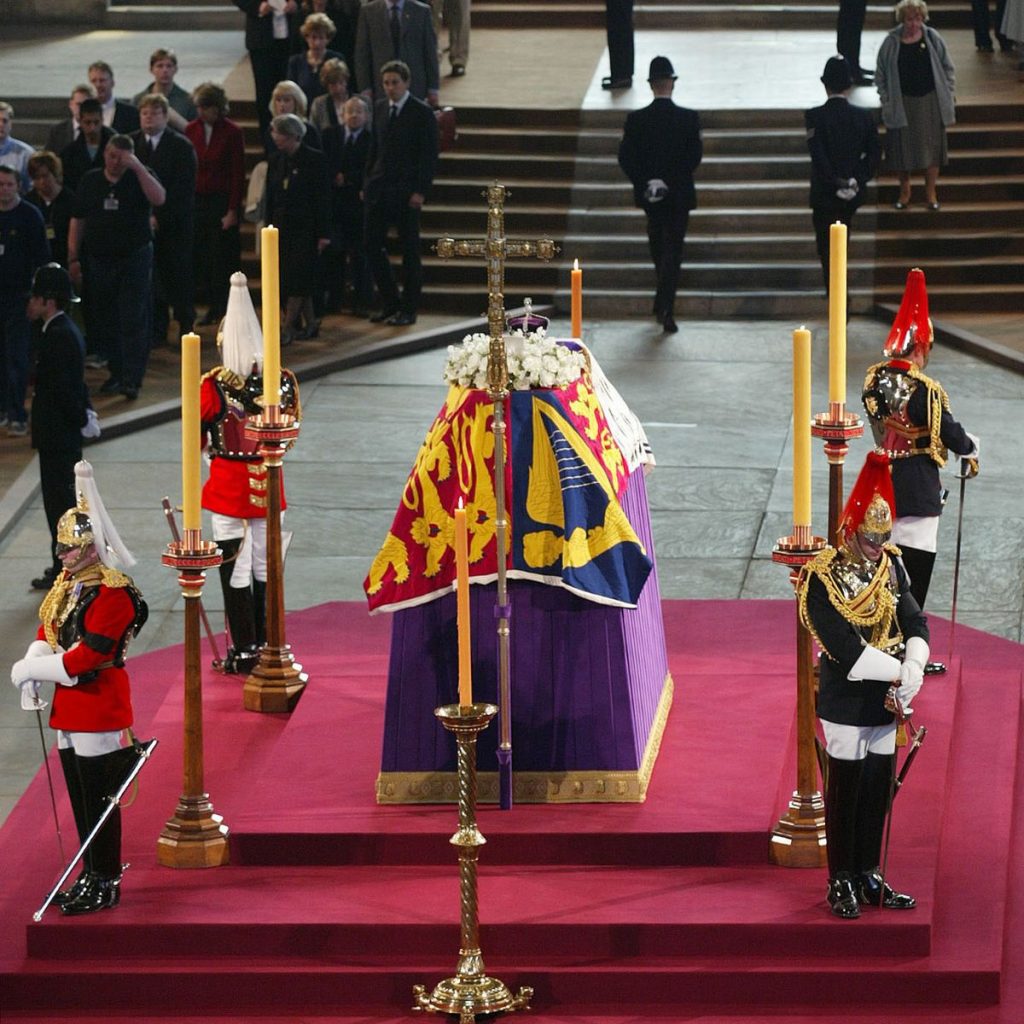
Ordinarily, if you visit the Hall, you will see plaques on the floor commemorating the fact that great state trials were held here, including that of Sir Thomas More, as well as the lying in state of several recent monarchs and national statesmen, including Churchill; King Edward VII; Gladstone; King George VI & Queen Elizabeth; and King George V & Queen Mary. Of course, these will likely be hidden by the catafalque that will be placed in the centre of the hall, where that of the Queen’s father and mother rested before her.
Before we leave Westminster Hall, we might wish to remember its role in happier times. For in the past, it was tradition for the monarch to walk barefoot from Westminster Hall to their coronation in the Abbey in an act of humility. Afterwards, a great feast would be held back in the Hall to celebrate the crowning of the new sovereign. Dramatically, the pomp and ceremony surrounding this event involved the monarch’s designated champion riding into the hall on horseback, literally laying down the gauntlet to anyone who would dare challenge the right of the monarch to rule. Quite a sight!
Thousands of people from all over the world will be patiently queuing to file past the Queen’s coffin in the next few days. Understandably, I suspect that they will pay little attention to the grandeur of the space through which they will pass, a space which has endured so much and which has borne witness to so many momentous events. However, I feel there are few places of English antiquity to compare in majesty to Westminster Hall, which more than any other reminds us that when we visit such a building, it truly is ‘only time and not space which separates us from the past’.
If you have enjoyed touching the past through this blog, do remember you can subscribe to my mailing list to receive all the latest news on new blogs, podcasts, videos and in-person events by clicking this link.
How to Visit Westminster Hall
UK residents should contact their local MP or a Member of the House of Lords in order to arrange a tour. There is no charge for tours booked in this way. UK residents can also visit on Saturdays and during the summer recess. (See notes for overseas visitors below). Tours must be booked in advance with bookings open up to four months ahead. Demand is high so early booking and flexibility regarding dates and times are an advantage.
For further information visit: http://www.parliament.uk/visiting/visiting-and-tours/ukvisitors/tours/
Overseas Visitors (and UK residents) can buy tickets for a tour of Parliament on most Saturdays throughout the year and six days a week during the Summer Opening period. Foreign language tours in French, German, Italian and Spanish are available at various times on all days. There are no tours on Sundays or on Bank Holidays. For further information visit: http://www.parliament.uk/visiting/visiting-and-tours/overseasvisitors/summeropening/.
Postcode for Westminster Hall: SW1A 0AA.

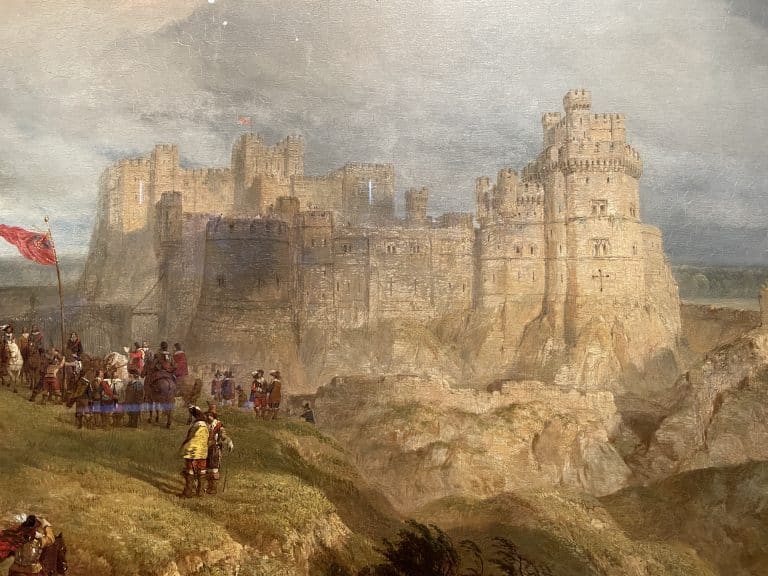
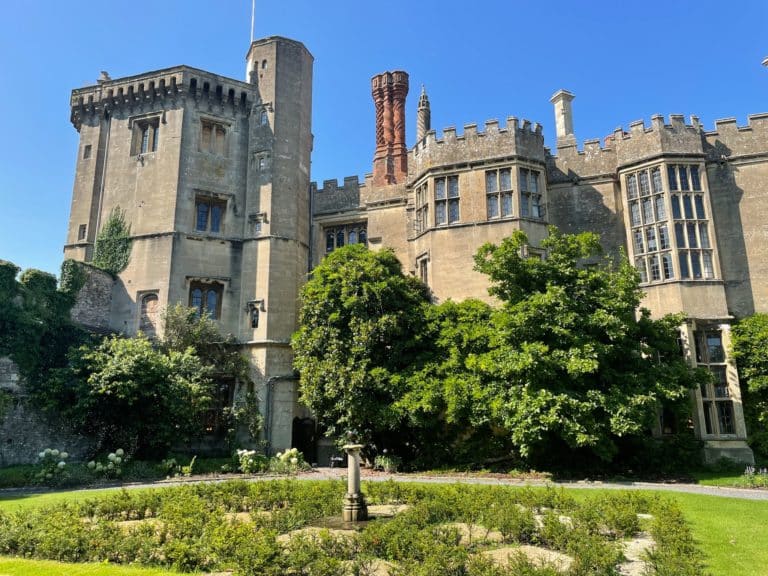
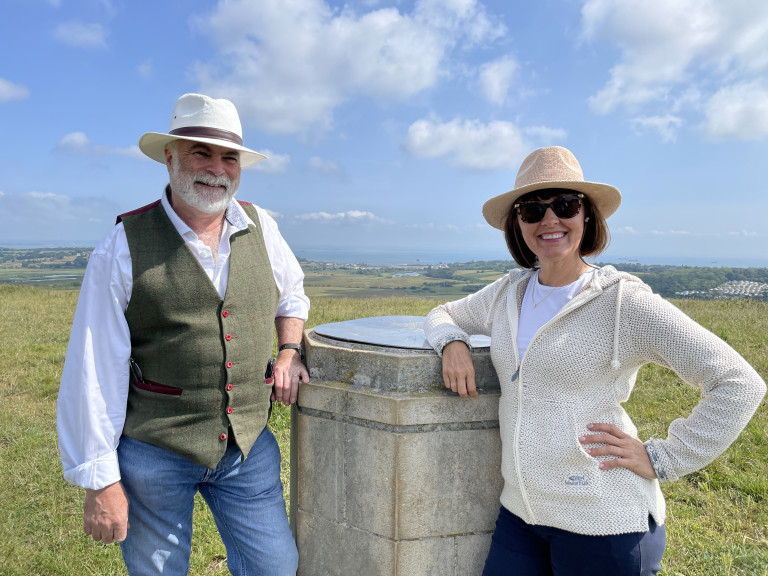
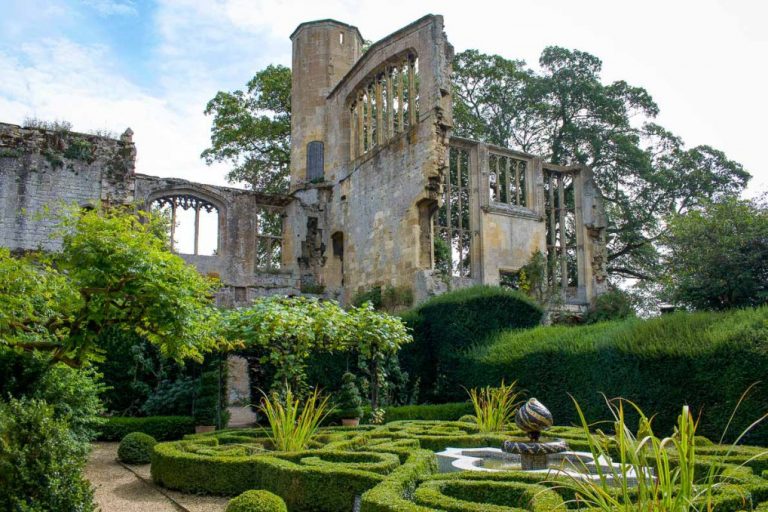
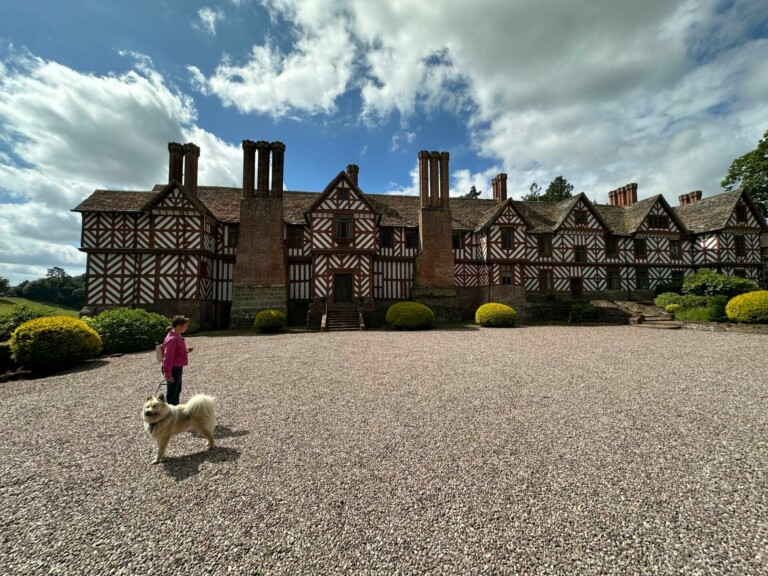
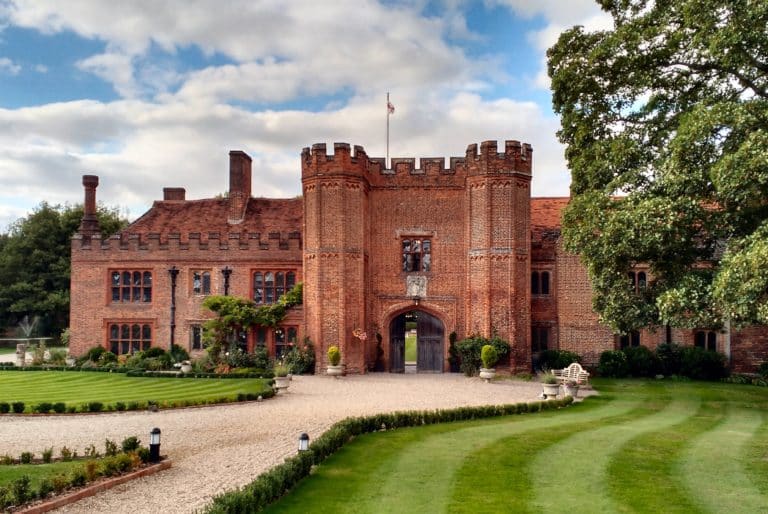
Thank you!
You are welcome!
Thank you so much for such interesting information. I looked at the reconstruction picture of Tudor Westminster while watching on tv as the processiion arrived there. Thanks again.
Fantastic, Joyce! That’s great to hear. I am so pleased it enriched your experience.?
Thank you for this explanation of the tombs Riveting